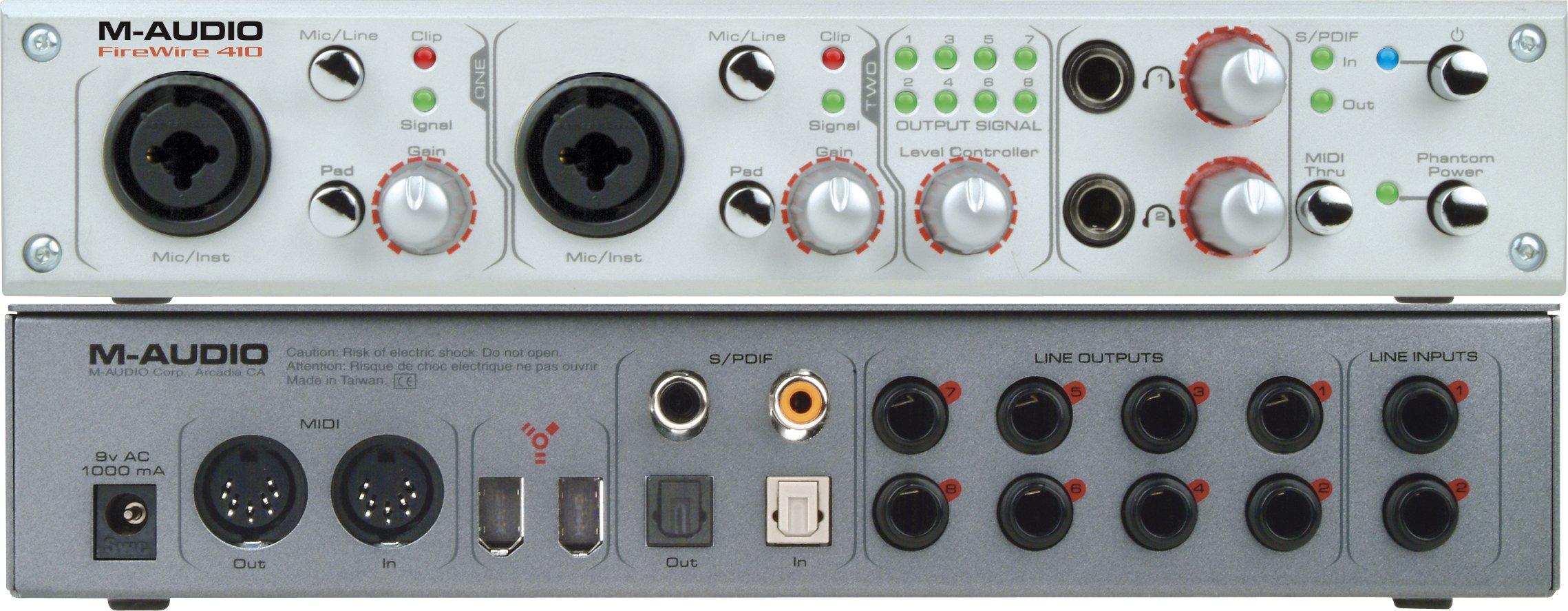
Each line represents a studio cable of some type. The black line leads from the interface to the laptop and is how they communicate with each other. The blue lines show outputs leading to studio monitor speakers or headphones. The red lines show audio sources leading to their respective inputs. Let's use this picture as a generic reference, showing instruments, a microphone, loudspeakers, etc., and how they all connect together: It becomes even more important if you want to begin using hardware compressors and equalizers, for instance. We don't need to know how a car is built in order to drive it, but in the case of a recording interface it does help to understand what's going on inside of the chassis in order to visualize the signal path. This is a much more convenient and higher quality option than the old method of recording to magnetic tape or cassette tape where each copy suffered from generation loss. You can think of this whole package as a standalone computer sound card that has some extra features. It does this with an analog-to-digital converter using pulse-code modulation. The interface takes the signal from your microphone or instrument and digitizes it before sending it to your computer. Otherwise you can plug an electrical or digital instrument in in the same fashion. That's the mic's job, which plugs into your interface. This is because something has to record the sound waves and convert them to electricity. If you're recording any real-world source, such as your voice, an acoustic guitar, or a saxophone you'll need a microphone in addition to your interface. The other is a microphone or an electric instrument of some sort with an output jack. This is one of your two sound devices that are a bare minimum for capturing audio. It is used in sound recording and production for audio engineering for the entertainment and telecommunications industries. What is an Audio Interface?Īn audio interface is the piece of studio equipment that allows you to record an analog signal, convert them to digital audio signals, and then transport them into your computer so you can do all of your post-processing work like mixing and mastering. The first step to any recording in this day and age is to grab yourself an audio interface, because you need a way to digitize the audio and get it into your computer.

Even radio broadcasting studios can operate with bedroom producer levels of inputs, though.
#Mac audio input firewire for multiple audio connections professional
The only difference is that while the single person in their bedroom might only need one or two inputs, the professional studio might require 32 inputs or even more.

The individual at home can produce the same quality of recordings for their podcasts, YouTube videos, and music as a major label pumps out. You can also have access to the most advanced gear out there for a far more reasonable cost than we paid in the 80's. There are major label releases where artists recorded songs on a tour bus or in a hotel closet with the same gear you can have in your home studio for an affordable price. Recording technology has come a long way in the past couple of decades. Otherwise, we've got all the info you need below in the audio interface buyer's guide. That's the only question we can't answer for you. Buy wrong and buy twice.Īs you read along, try to figure out if you'll need growing room or if you'll only be working with one or two input sources. We're going to start with a quick discussion summarizing all you need to know about home studio and professional recording interfaces (they function the same!) and then narrow your hunt down so you can make a well-informed decision.Īs we always say, buy right and buy once. And what the heck do all these knobs do?ĭon't worry, this article has all the info and context you need.

And preamplifiers and high-impedance instrument inputs. That's going to drastically change the number of inputs and preamps you'll need on your recording interface.Īnd then there's the question of USB, Firewire, or Thunderbolt connections. Are you a rapper, singer, or podcaster? In this case, you can get away with a single channel or two to accommodate yourself and a friend with a microphone or instrument each.īut maybe you suspect or already know you'll eventually want to record an entire band. Then we'll show you our hand-picked recommendations from the cheapest to the highest quality so you can choose the best audio interface in your budget range based on your quality and input/output needs. Click here to jump straight to the reviews!


 0 kommentar(er)
0 kommentar(er)
